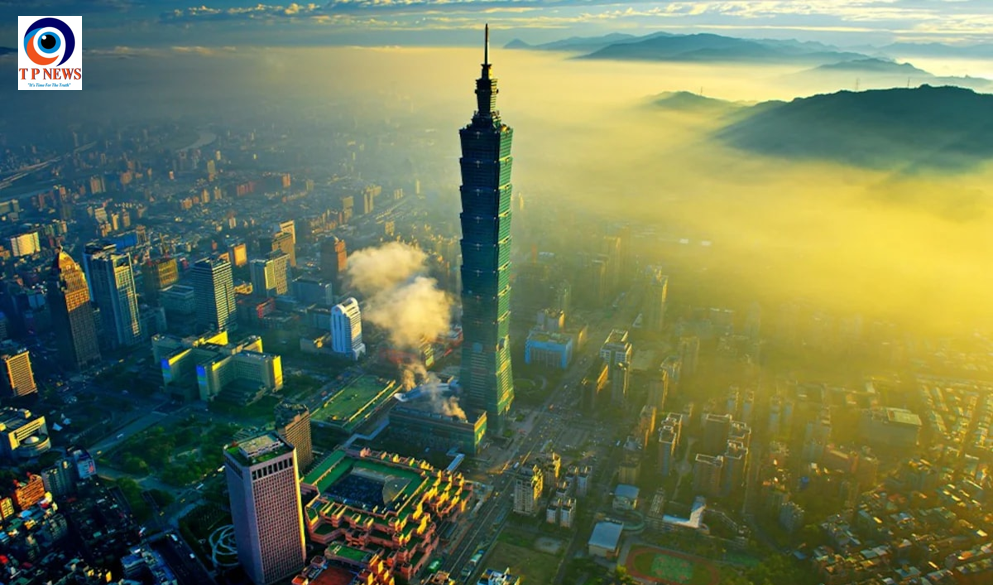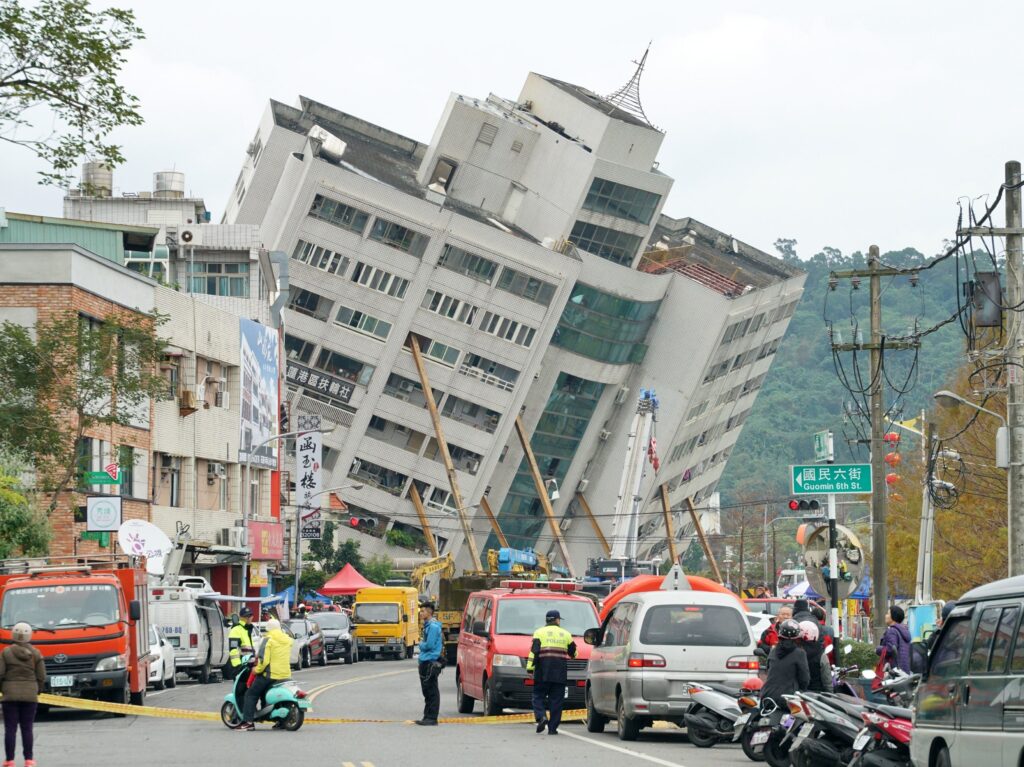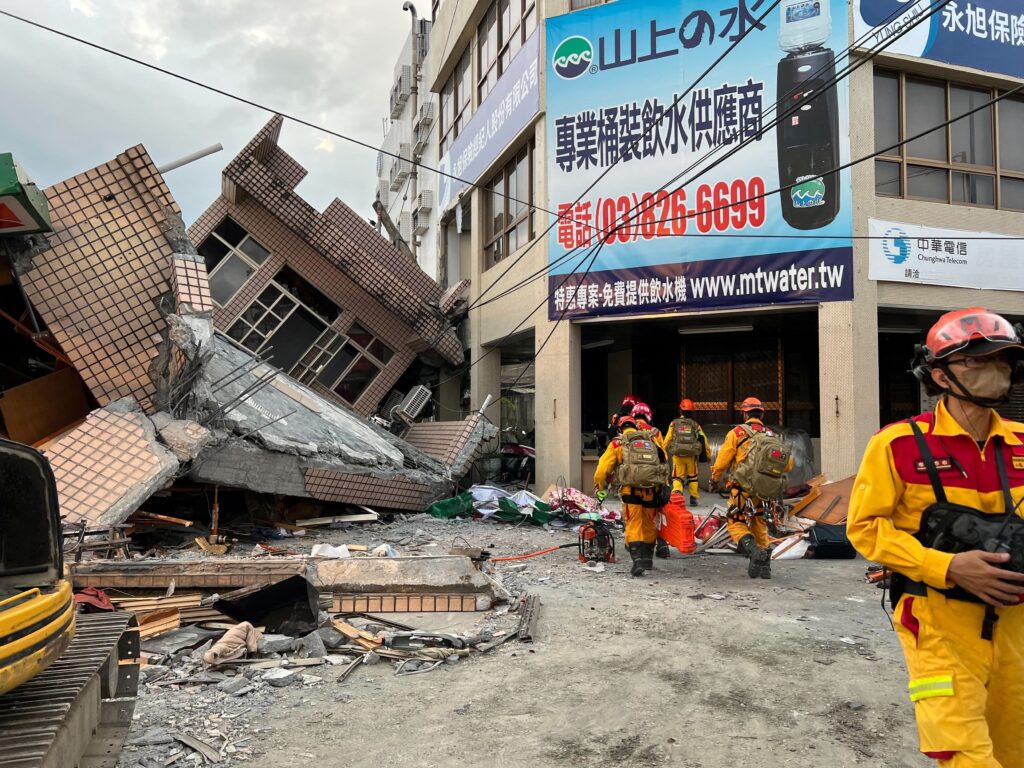In the face of a recent 7.4-magnitude earthquake, Taiwan’s iconic Taipei 101 skyscraper emerged virtually unscathed, showcasing the effectiveness of its unique safeguarding mechanism. CNN reports that the building’s resilience can be attributed, in part, to its innovative design featuring a giant pendulum known as the “Damper Baby.”
The Damper Baby, officially called a Tuned Mass Damper (TMD), is a massive 660-metric-tonne steel sphere suspended over 1,000 feet above the ground at the building’s center. This ingenious mechanism serves as a counterbalance during seismic events and strong winds, absorbing shock and minimizing the building’s sway by up to 40%.
Constructed from 41 layers of steel and nearly 18 feet in diameter, the pendulum swings within a controlled range of 59 inches to prevent excessive movement. Positioned between the 87th and 92nd floors, the Damper Baby is a key feature of Taipei 101’s engineering marvel.
The TMD, also known as the wind-damping ball, is a passive system specifically tailored to address the needs of tall structures like Taipei 101. Its primary function is to mitigate swaying caused by strong winds, ensuring a comfortable environment for occupants. While traditional damping systems are typically concealed, Taipei 101’s TMD stands as both functional and aesthetically pleasing, offering visitors a glimpse of its operation from the observation deck.
Explaining the mechanism behind the Tuned Mass Damper, engineers at Taipei 101 detail how the spherical damper moves back and forth during earthquakes or typhoons, absorbing the force of intense swinging. This movement effectively reduces the building’s motion by up to 40%, minimizing discomfort for occupants.
Closed-circuit TV footage captured during the earthquake vividly illustrates the minimal movement of Taipei 101 against the backdrop of a shaking skyline. In contrast, security camera footage from neighboring buildings depicts significant swaying, underscoring the effectiveness of Taipei 101’s innovative engineering in withstanding seismic events.
Taipei 101, once the world’s tallest building, continues to stand as a testament to Taiwan’s resilience and the power of innovative design in safeguarding structures in earthquake-prone regions.











